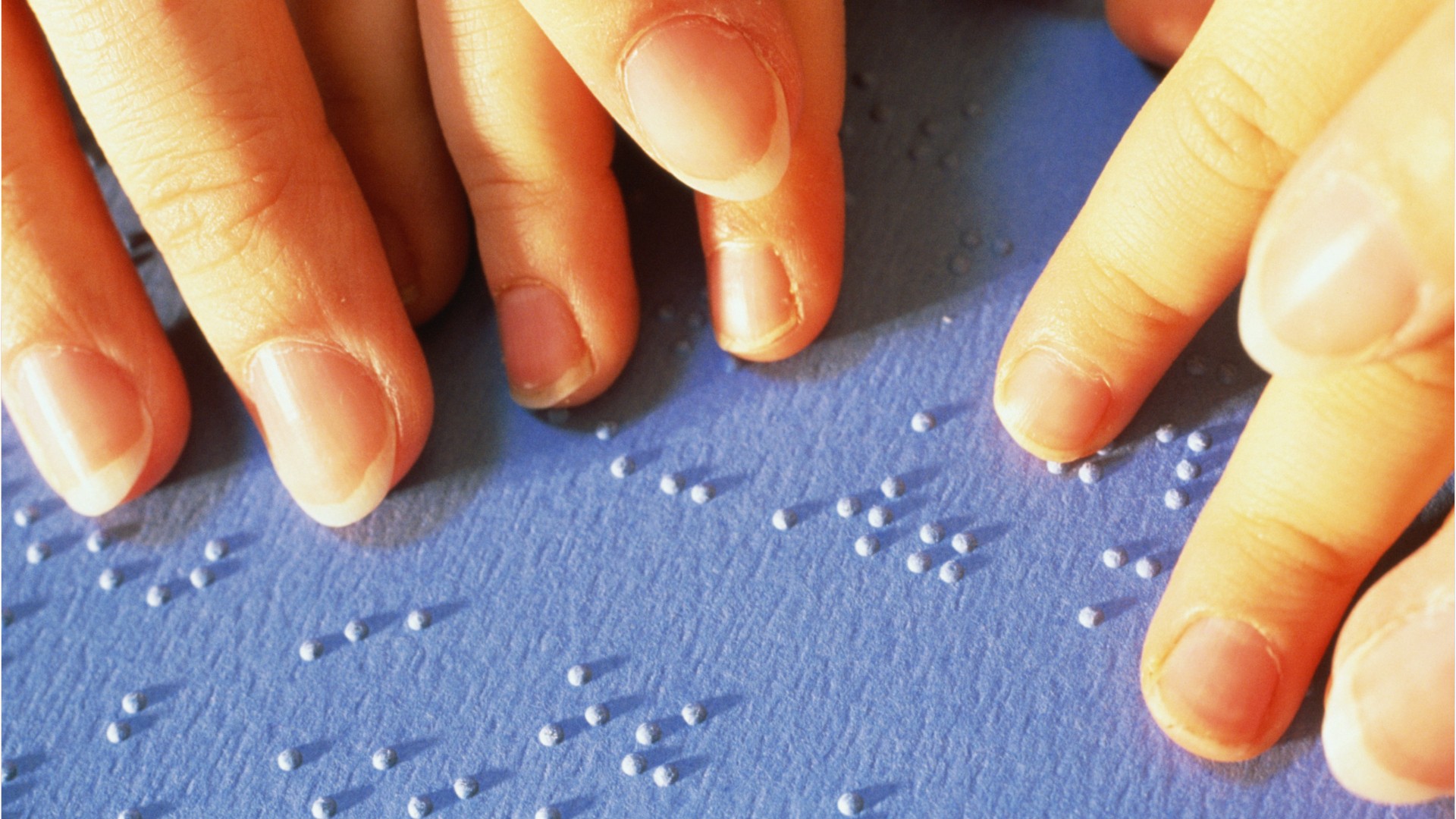Special Education Teachers, Secondary School
HS SPED Teacher (High School Special Education Teacher), Learning Support Teacher, SPED Resource Teacher (Special Education Resource Teacher), SPED Teacher (Special Education Teacher)
 Select a military branch to see samples.
Select a military branch to see samples.
Instructor
No similar titles were found.
No similar titles were found.
No similar titles were found.
No similar titles were found.
No similar titles were found.
What they do:
Teach academic, social, and life skills to secondary school students with learning, emotional, or physical disabilities. Includes teachers who specialize and work with students who are blind or have visual impairments; students who are deaf or have hearing impairments; and students with intellectual disabilities.
On the job, you would:
- Establish and enforce rules for behavior and policies and procedures to maintain order among students.
- Maintain accurate and complete student records, and prepare reports on children and activities, as required by laws, district policies, and administrative regulations.
- Confer with parents, administrators, testing specialists, social workers, or other professionals to develop individual educational plans (IEPs) for students' educational, physical, and social development.
Knowledge
Education and Training
- teaching and course design
Arts and Humanities
- English language
Math and Science
- psychology
- arithmetic, algebra, geometry, calculus, or statistics
Business
- customer service
Skills
Basic Skills
- using the best training or teaching strategies for learning new things
- reading work related information
Problem Solving
- noticing a problem and figuring out the best way to solve it
Social
- teaching people how to do something
- changing what is done based on other people's actions
Abilities
Verbal
- communicate by speaking
- communicate by writing
Ideas and Logic
- notice when problems happen
- make general rules or come up with answers from lots of detailed information
Personality
People interested in this work like activities that include helping people, teaching, and talking.
They do well at jobs that need:
- Optimism
- Sincerity
- Adaptability
- Perseverance
- Empathy
- Stress Tolerance
Technology
You might use software like this on the job:
Presentation software
- Microsoft PowerPoint
Graphics or photo imaging software
- Adobe Illustrator
- Adobe Photoshop
Electronic mail software
- Email software
- Microsoft Outlook
Education
Education: (rated 4 of 5)
bachelor's degree or
master's degree
usually needed
master's degree
usually needed
Job Outlook
Below Average
New job opportunities are less likely in the future.
Explore More
- Special Education Teachers, Elementary School
- Special Education Teachers, Kindergarten
- Special Education Teachers, Middle School
- Special Education Teachers, Preschool
- Teaching Assistants, Special Education
You might like a career in one of these industries:
See more details at O*NET OnLine about Special Education Teachers, Secondary School.






